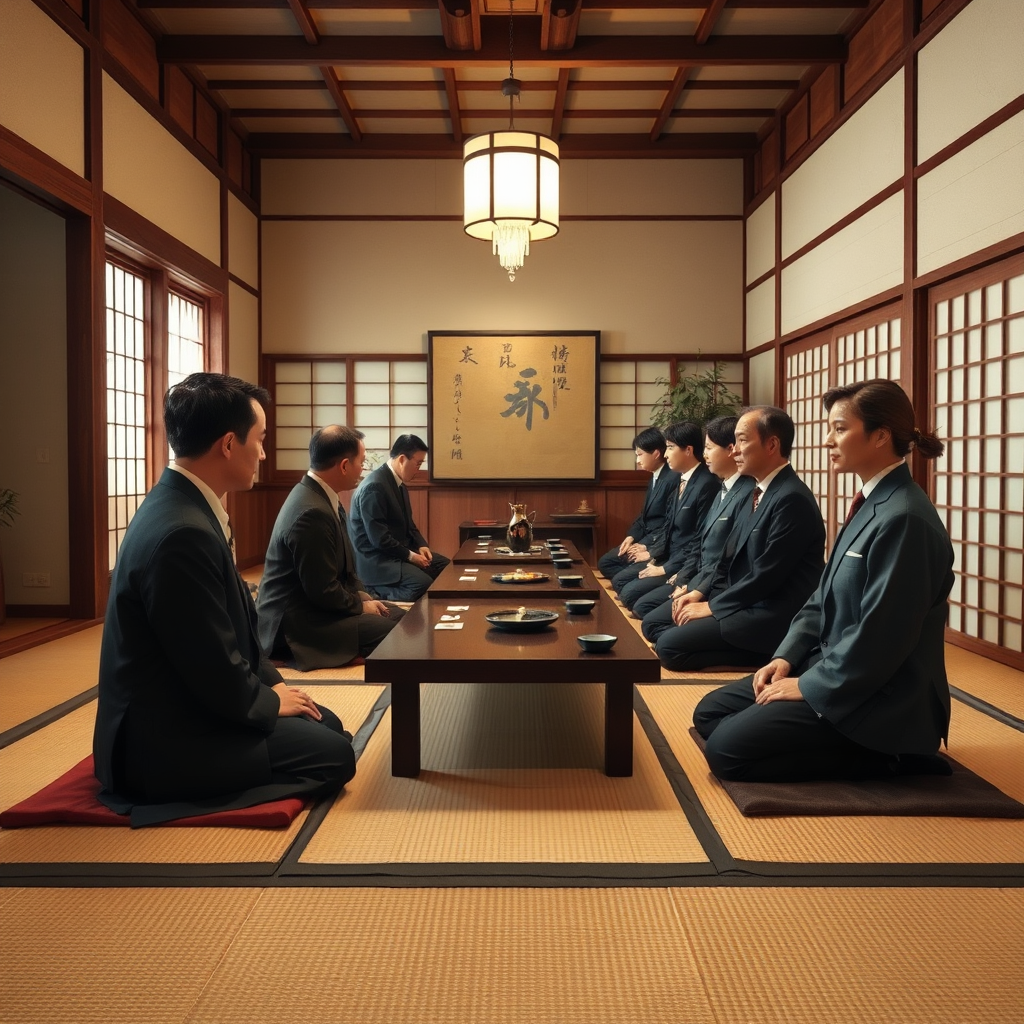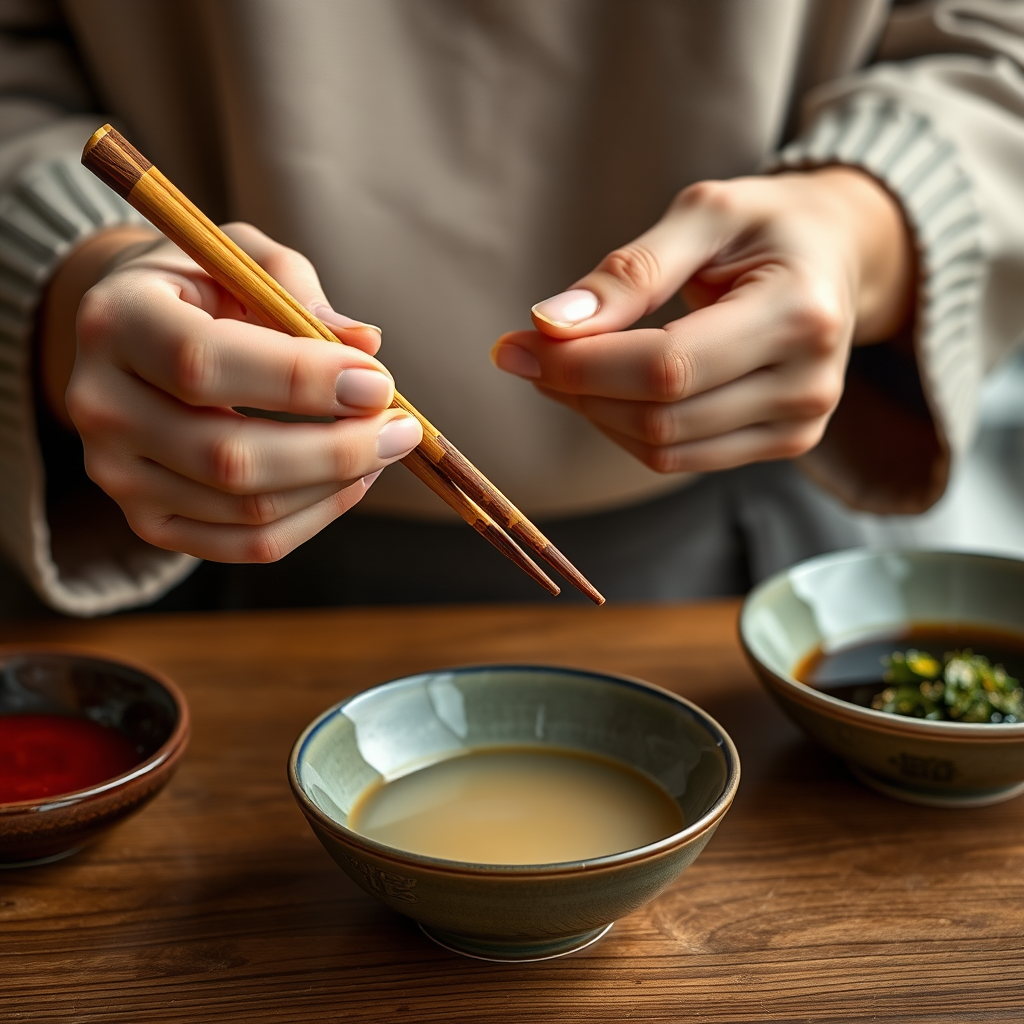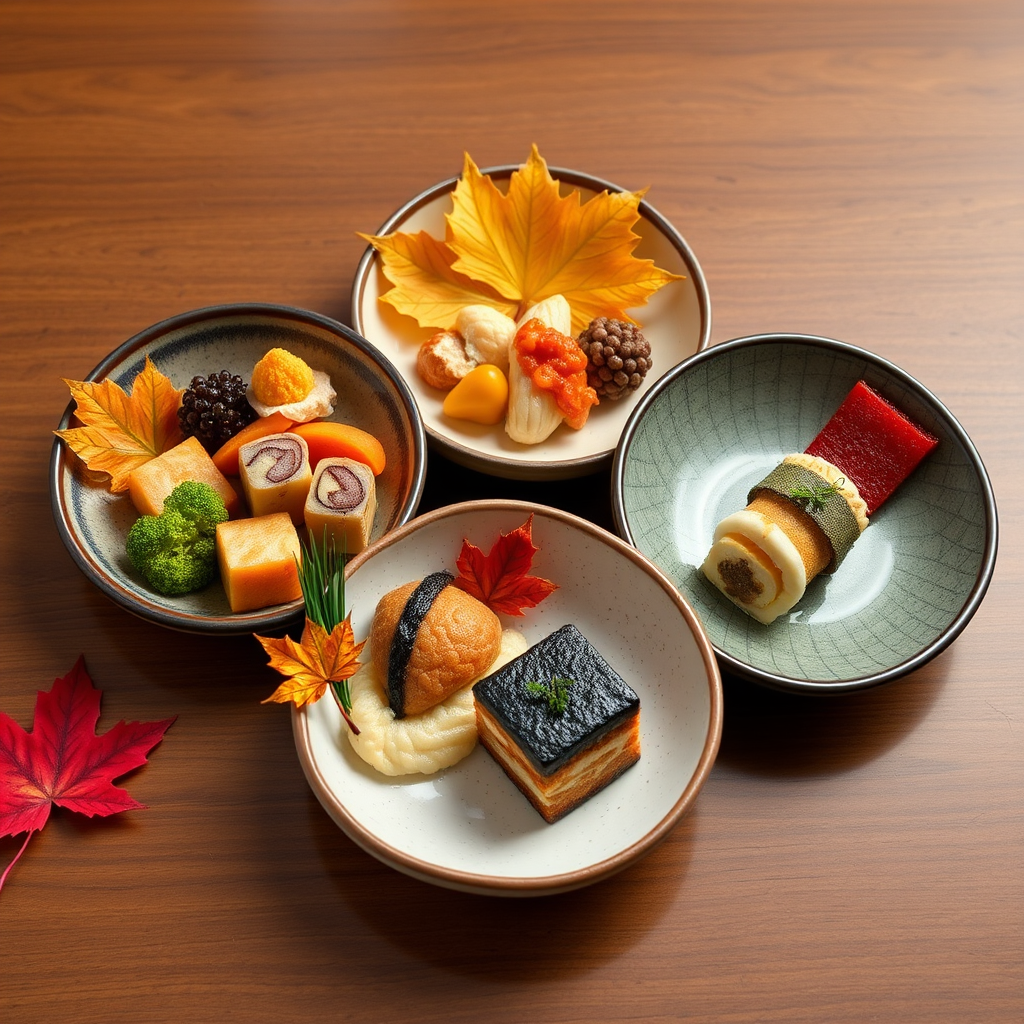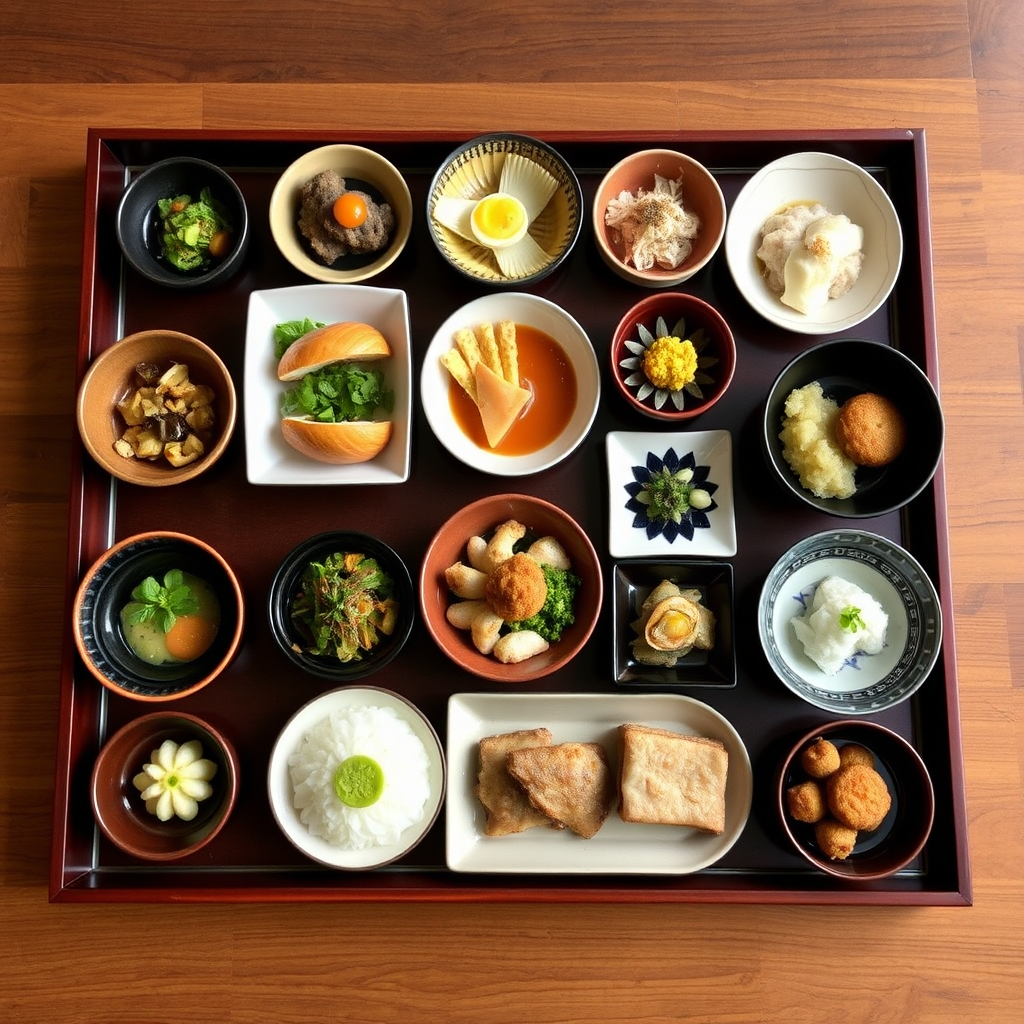Kaiseki Dining Etiquette: A Complete Guide for First-Time Visitors
Master the art of traditional Japanese fine dining with our comprehensive kaiseki etiquette guide. Learn proper seating, chopstick usage, and seasonal appreciation to enhance your multi-course dining experience.

Understanding Kaiseki: The Art of Japanese Fine Dining
Kaiseki represents the pinnacle of Japanese culinary artistry, combining seasonal ingredients, meticulous presentation, and centuries-old traditions. This multi-course dining experience at a traditional Japanese restaurant goes far beyond mere sustenance—it's a celebration of nature's bounty and the chef's skill in harmonizing flavors, textures, and visual beauty.
Originally rooted in the Japanese tea ceremony, kaiseki has evolved into an elaborate dining ritual that reflects the changing seasons and showcases the finest ingredients available. Each course is carefully crafted to tell a story, creating a progression that builds anticipation and delivers satisfaction through thoughtful pacing and presentation.
Essential Seating and Positioning Etiquette

The Art of Seiza
Traditional kaiseki dining often takes place on tatami mats, requiring guests to sit in the seiza position—kneeling with feet tucked beneath the body. While this may feel uncomfortable initially, it's an integral part of the authentic experience. Many modern establishments offer chairs or provide cushions for comfort.
When entering the dining room, remove your shoes and wait to be seated. The host will typically guide you to your designated position, with the most honored guest seated furthest from the entrance, facing the tokonoma (decorative alcove) if present.
Proper Table Positioning
Once seated, maintain good posture and keep your hands visible on the table or in your lap. Avoid pointing your feet toward other diners or the food preparation area. If sitting becomes too uncomfortable, it's acceptable to shift to a cross-legged position, but do so discreetly and with consideration for others.
Mastering Chopstick Etiquette
Proper Handling Techniques
Hold chopsticks about one-third from the top, using your thumb, index, and middle fingers to control the upper stick while keeping the lower stick stationary. Practice smooth, controlled movements rather than stabbing or scooping motions.
Never use chopsticks to point at people or objects, and avoid waving them in the air while speaking. When not in use, place them parallel to each other on the chopstick rest (hashioki) or across the edge of your bowl.

Critical Don'ts
- Never stick chopsticks upright in rice—this resembles incense at funerals
- Avoid passing food directly from your chopsticks to another person's chopsticks
- Don't use chopsticks to move dishes or bowls around the table
- Never lick or bite your chopsticks
- Avoid using chopsticks to spear or stab food items
Appreciating Seasonal Elements and Presentation

Seasonal Awareness
Kaiseki dining celebrates the Japanese concept of seasonality (kisetsukan). Each dish reflects the current season through ingredients, colors, and presentation. Take time to appreciate these subtle details—the chef has carefully selected each element to represent the time of year and create harmony between the meal and nature.
Visual Appreciation
Before eating each course, take a moment to admire the presentation. Notice the colors, textures, and arrangement. This visual appreciation is considered part of the dining experience and shows respect for the chef's artistry. Photography may be acceptable in some establishments, but always ask permission first.
Course Progression and Timing
Understanding the Flow
A traditional kaiseki meal typically consists of multiple courses, each served at specific intervals. The progression moves from light, delicate flavors to more substantial dishes, ending with rice, soup, and pickles. Allow the natural rhythm of service to guide your pace—don't rush through courses.
Proper Consumption Order
When multiple items are presented together, there's often a suggested order of consumption. Start with the most delicate flavors and progress to stronger ones. If unsure, observe your host or ask the server for guidance.
Finishing Your Meal
It's considered polite to finish everything served to you, as this shows appreciation for the chef's efforts. If you cannot finish a course due to dietary restrictions or fullness, explain politely to your server. The meal traditionally concludes with a simple bowl of rice, miso soup, and pickles—a humble ending that brings the elaborate experience full circle.

Communication and Interaction Guidelines
Expressing Gratitude
Begin your meal with "Itadakimasu" (I humbly receive) and conclude with "Gochisousama deshita" (Thank you for the feast). These phrases show respect for the food, the chef, and the entire dining experience.
Interacting with Staff
Maintain a respectful, quiet demeanor throughout the meal. If you have questions about ingredients or preparation methods, ask politely during appropriate moments. Many traditional Japanese restaurant staff appreciate genuine interest in their culinary traditions.
Conversation Etiquette
Keep conversations at a moderate volume and focus on appreciating the meal and the company. Avoid controversial topics or loud discussions that might disturb other diners or detract from the serene atmosphere that kaiseki dining aims to create.
Final Tips for an Authentic Experience
- Arrive punctually: Kaiseki meals are precisely timed, and late arrival can disrupt the entire service
- Dress appropriately: Business casual or formal attire shows respect for the occasion
- Embrace the experience: Allow yourself to be guided by tradition rather than trying to control every aspect
- Stay present: Focus on the sensory experience rather than documenting every moment
- Show appreciation: Express genuine gratitude for the artistry and effort involved in your meal
- Be patient: Kaiseki dining is meant to be leisurely—embrace the slower pace and mindful consumption
Mastering kaiseki etiquette enhances not only your dining experience but also your appreciation for Japanese culture and culinary artistry. By following these guidelines, you'll show proper respect for this ancient tradition while fully immersing yourself in one of Japan's most refined cultural experiences. Remember that the goal is not perfection but genuine appreciation and respect for the craft, ingredients, and traditions that make kaiseki dining truly special.